The B2B (Business-to-Business) and BNPL (Buy Now, Pay Later) spaces within the fintech sector have seen significant developments in recent times, reshaping how businesses handle transactions and credit.
In the B2B arena, the adoption of BNPL is particularly intriguing due to the complexities of high-value transactions, often involving substantial amounts like $100,000 or more. This scenario is distinct from consumer-focused BNPL, where the loan amounts are typically smaller. B2B BNPL is more akin to traditional loan underwriting, where the decision process and credit allocation are more intricate.
Despite the challenges, there’s growing optimism about BNPL for businesses. It offers easier, cheaper, and less time-consuming credit solutions compared to traditional methods. Companies are increasingly exploring BNPL options over traditional credit cards due to the better terms BNPL offers, as well as the old-style BNPL that came with hefty fees.
A notable aspect of B2B BNPL is its focus on required business inputs, contrasting with B2C BNPL, which is more oriented toward consumer desires.
- Retail Purchases: Consumers use BNPL services to buy products from retailers, allowing them to split payments into smaller, manageable installments. This is especially popular in e-commerce.
- Healthcare Services: BNPL is increasingly being used for medical expenses, allowing patients to pay for treatments and services over time without immediate financial strain.
- Travel and Hospitality: Travel companies offer BNPL to enable travelers to book flights, hotels, or holiday packages and pay in installments, making expensive trips more accessible.
This focus on business essentials means that B2B BNPL is seen as an automation of existing credit processes with minor innovations.
- High-Value Transactions: In industries dealing with expensive goods or services, BNPL facilitates large transactions by allowing businesses to spread the cost over time, thereby managing cash flow better.
- Supply Chain Financing: BNPL solutions are used by companies to pay suppliers upfront while giving the buyer company time to pay back the amount in installments, improving the liquidity for both parties in the supply chain.
- Business Services and SaaS Platforms: Companies use BNPL to subscribe to high-cost services or software solutions, enabling them to access necessary tools without a significant initial investment.
Small businesses, in particular, are interested in BNPL solutions as they provide additional working capital and enable them to extend trade credit to their buyers. However, B2B BNPL isn’t without challenges, including the need for accurate and immediate credit decisioning mechanisms and the risk of identity theft and other forms of digital fraud.
Banks are also playing a significant role in the BNPL space, increasingly outsourcing BNPL development to fintech firms. This strategy allows banks to compete effectively against fintech giants and bring BNPL products to market more rapidly.
Regulatory aspects are crucial in this evolving landscape. While consumer lending faces more stringent regulatory challenges, business lending enjoys fewer hurdles in the U.S. However, there’s a global push for more regulation in the BNPL sector, particularly regarding transparency and lending practices.
In summary, the B2B and BNPL spaces in fintech are experiencing a dynamic evolution, driven by the need for more efficient, cost-effective, and innovative financial solutions. As these trends continue to develop, they promise to reshape the landscape of business transactions and credit in profound ways.
Table of Contents
B2B Fintech Innovations
- Cross-Border Payments: Fintech solutions streamline international transactions, reducing fees and processing times, which is crucial for businesses engaged in global trade.
- Digital Invoicing and Payment Processing: Automated invoicing and payment systems in B2B fintech enhance efficiency, reduce errors, and accelerate payment cycles.
- Supply Chain Management: Fintech platforms offer enhanced supply chain visibility and financing solutions, helping businesses optimize inventory and manage supplier payments more effectively.
- Risk Management and Compliance: Advanced fintech tools help businesses assess credit risk and ensure compliance with international trade laws and financial regulations.
- Data Analytics and Insights: Fintech applications provide businesses with valuable insights into spending, cash flow, and financial health, enabling more informed decision-making.
These use cases show how BNPL and B2B fintech are reshaping the landscape of finance and commerce. They offer more flexibility, efficiency, and strategic financial management for both individual consumers and businesses.
Future of B2B Fintech
- Increased Digital Integration: B2B fintech will likely see more integrations with other business systems, such as ERP (Enterprise Resource Planning) and CRM (Customer Relationship Management) systems, allowing for more streamlined operations.
- Greater Emphasis on AI and Machine Learning: Artificial Intelligence and machine learning will play a crucial role in automating complex financial processes, from risk assessment to fraud detection and financial forecasting.
- Blockchain Technology: The use of blockchain in B2B transactions could enhance transparency, security, and efficiency, especially in supply chain management and international trade.
- Customization and Niche Solutions: As the B2B fintech market matures, expect more specialized solutions catering to specific industries or business functions.
- Regulatory Evolution: The regulatory landscape for B2B fintech will evolve, potentially leading to new standards and practices that could shape the future of digital finance.
Future of BNPL
- Expansion into New Markets: BNPL is likely to expand beyond retail and consumer goods into other sectors such as healthcare, education, and B2B services.
- Greater Adoption in B2B Transactions: As businesses become more comfortable with digital transactions, BNPL options for high-value purchases and capital investments may become more commonplace.
- Integration with Traditional Financial Services: Banks and traditional financial institutions might increasingly offer BNPL services, either independently or through partnerships with fintech firms.
- Advanced Credit Risk Assessment: Technologies like AI will enable more sophisticated credit scoring models, making BNPL accessible to a broader audience while managing risk effectively.
- Regulatory Scrutiny and Consumer Protection: As BNPL grows, so will regulatory interest, focusing on consumer protection, credit reporting, and financial stability.
- Technological Innovations: Continued technological advancements will improve the user experience, enhance security, and enable seamless integration with online and offline sales channels.
In summary, the future of B2B and BNPL fintech is marked by technological innovation, market expansion, increased regulatory focus, and deeper integration with traditional financial systems. These developments are expected to offer more flexibility, efficiency, and strategic financial options for businesses and consumers alike.
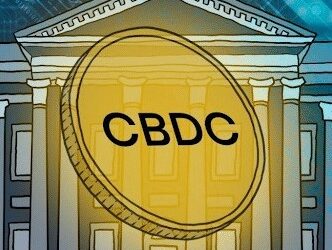

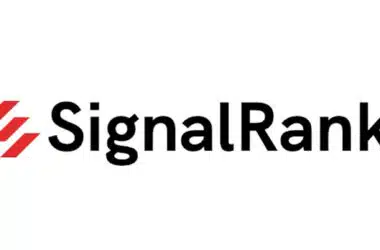
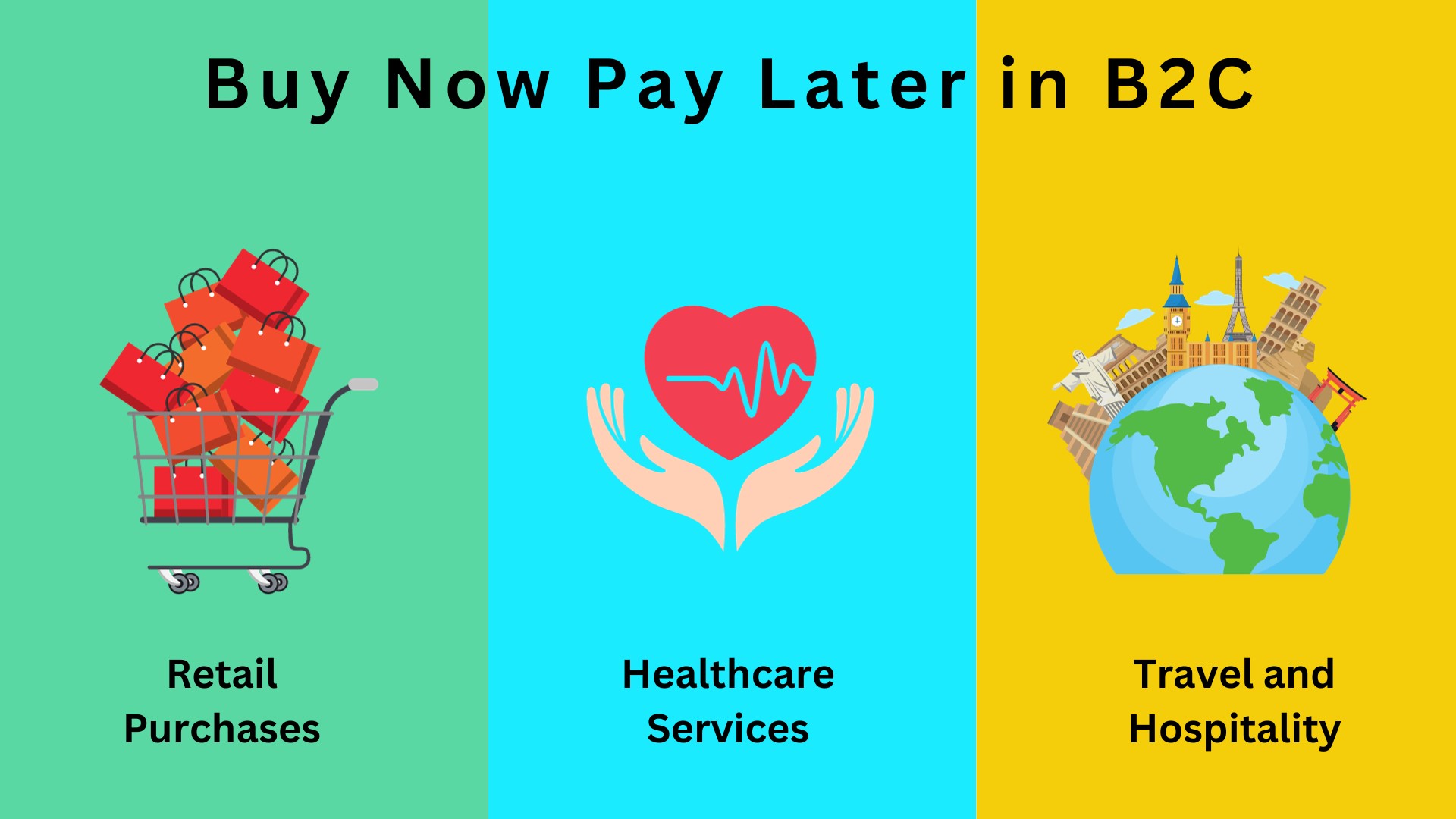
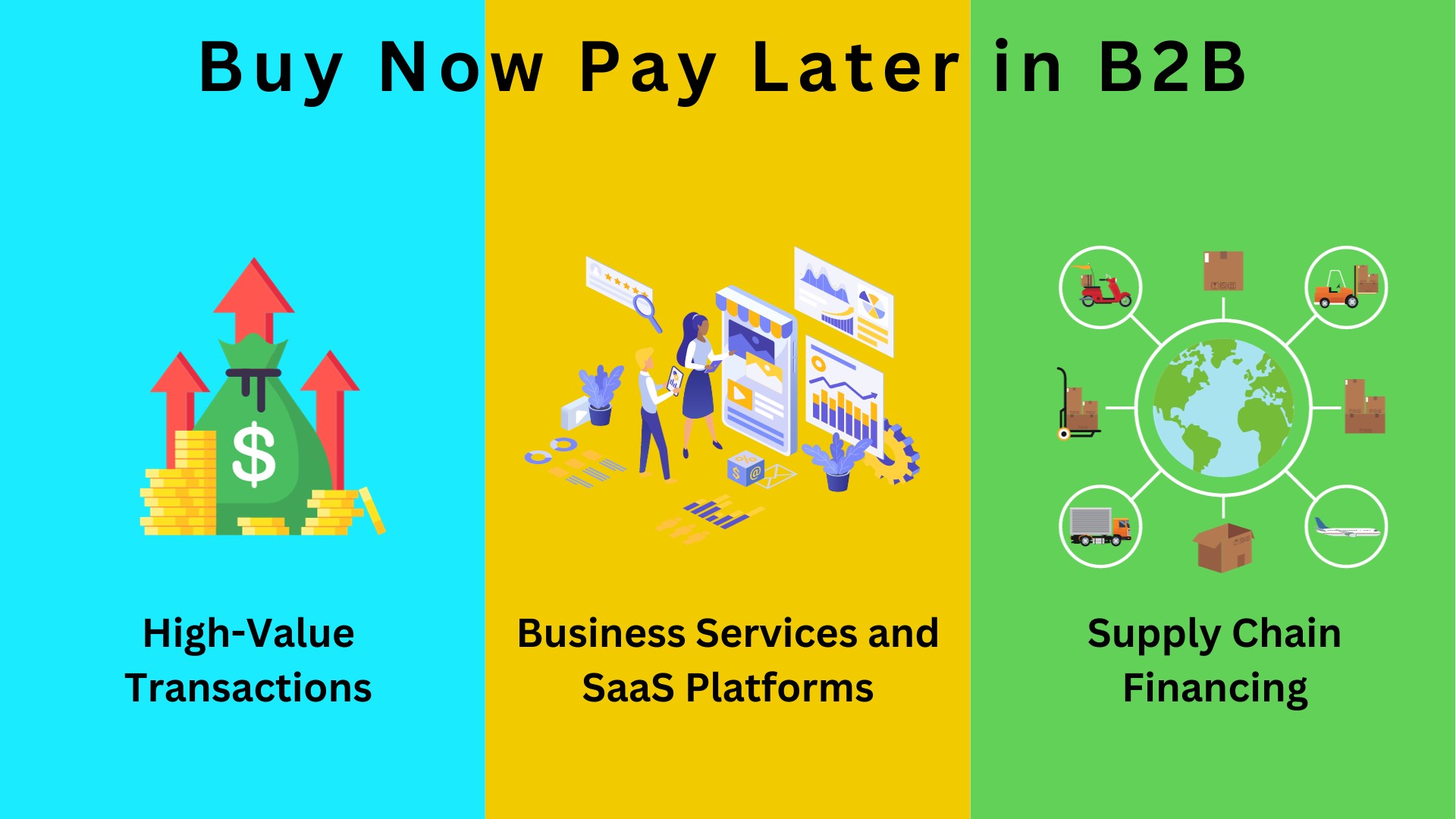
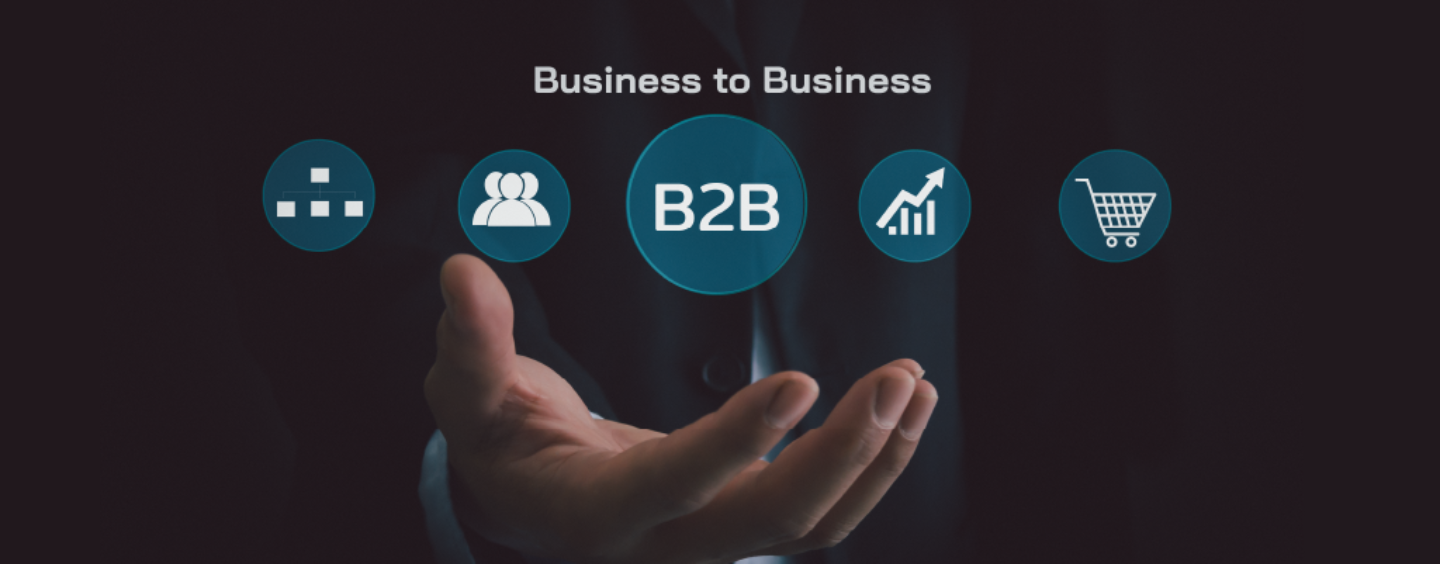
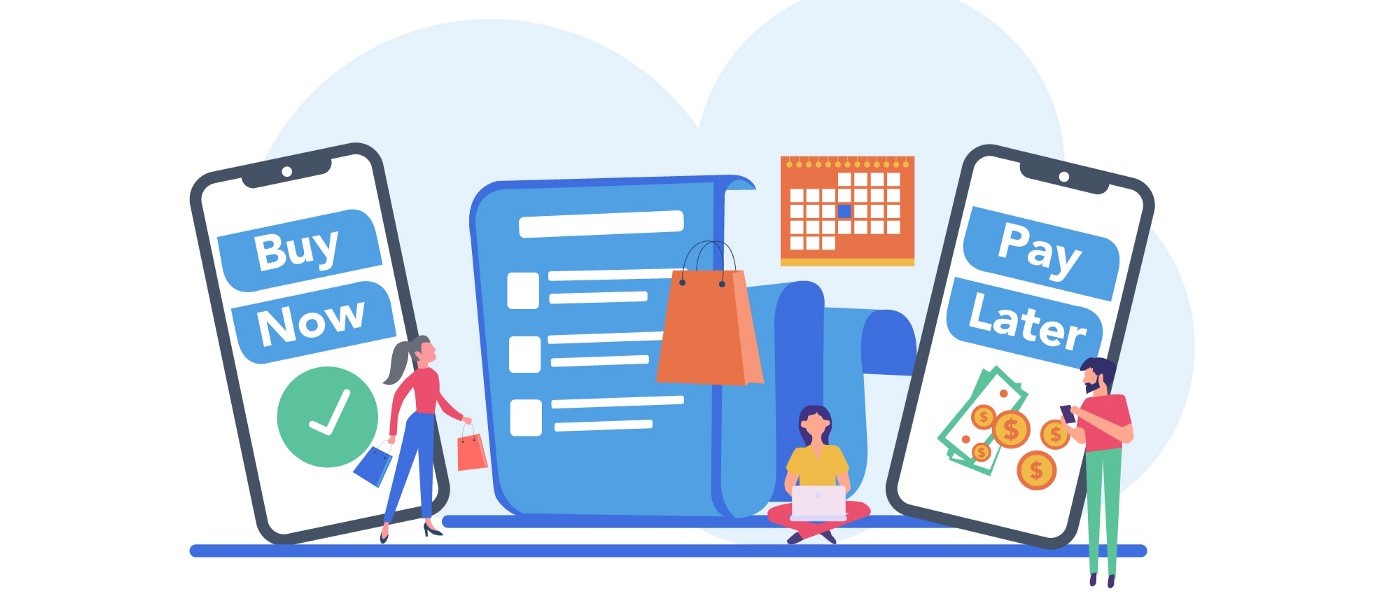


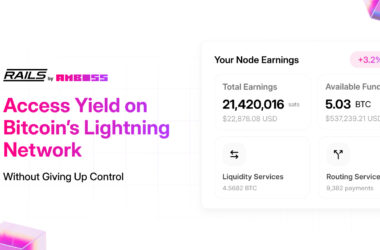
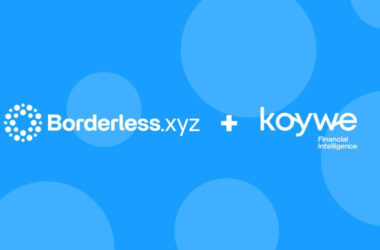

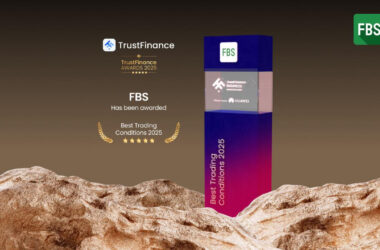



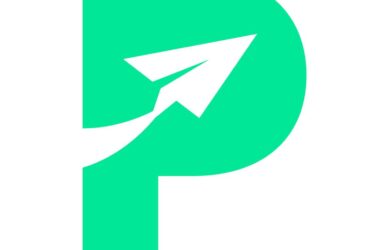

Recent Comments